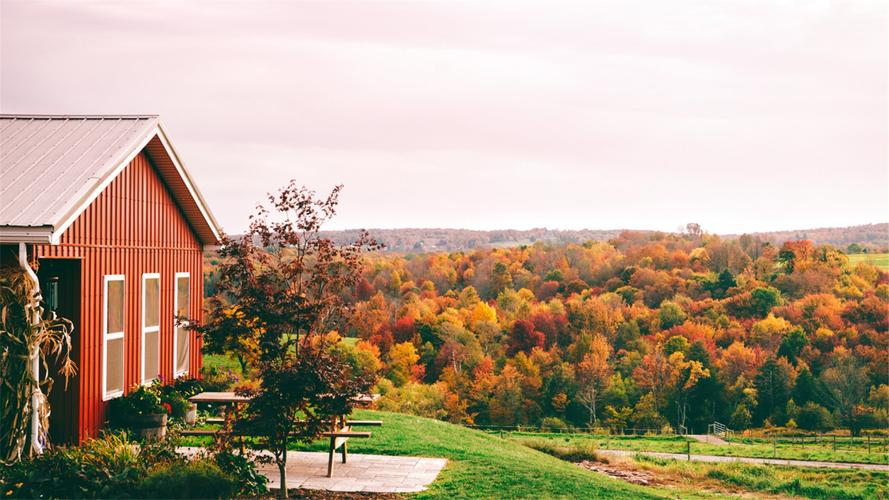Jerusalem, the ancient city of Israel, is considered a melting pot of cultures and religions. The city’s rich history and diverse population have made it a center for cultural exchange, resulting in an eclectic mix of traditions and customs. One of the most notable symbols of this diversity is Zion Gate, one of the seven gates of the Old City of Jerusalem.
Located on the south side of the Old City, the Zion Gate serves as a reminder of the city’s diverse history. Built in the mid-16th century, the gate was initially named after King David’s Tomb, which can be found nearby. Later, it was named after Mount Zion, a significant religious site for Jews, Christians, and Muslims.
The gate’s unique design is a testament to the city’s diversity. Its construction features a blend of Mamluk, Ottoman, and European architectural styles, which perfectly represents the city’s diverse populace. The gate’s outer walls and arches are made of black and white stone, signifying the different cultures that have contributed to its construction. The gate also displays complex carvings that mix both Jewish and Islamic motifs.
Aside from its architectural diversity, Zion Gate also has tremendous historical significance. During the Arab-Israeli conflict, the gate was the site of heavy fighting and was damaged in the process. Today, bullet marks can still be seen on the gate’s exterior, serving as a reminder of Jerusalem’s turbulent history.
In more recent times, Zion Gate has become a famous attraction for tourists, drawing visitors from all over the world. This influx of tourism has allowed for new and distinctive perspectives on the gate’s cultural heritage. Many tours such as the group tour to Hezekiah’s Tunnel include stops at the Zion Gate, and through the guidance of expert guides, tourists can gain an in-depth understanding of Zion Gate’s significance to the city’s history.
In conclusion, Zion Gate serves as a microcosm of Jerusalem’s diverse culture. Its mix of architectural motifs and historical significance makes it one of the most recognizable sites in the Old City. It symbolizes the ability of different cultures to coexist and thrive together. As we move forward, we must remember this lesson and continue to embrace diversity and appreciate its beauty.
(Note: Do you have knowledge or insights to share? Unlock new opportunities and expand your reach by joining our authors team. Click Registration to join us and share your expertise with our readers.)
Speech tips:
Please note that any statements involving politics will not be approved.
